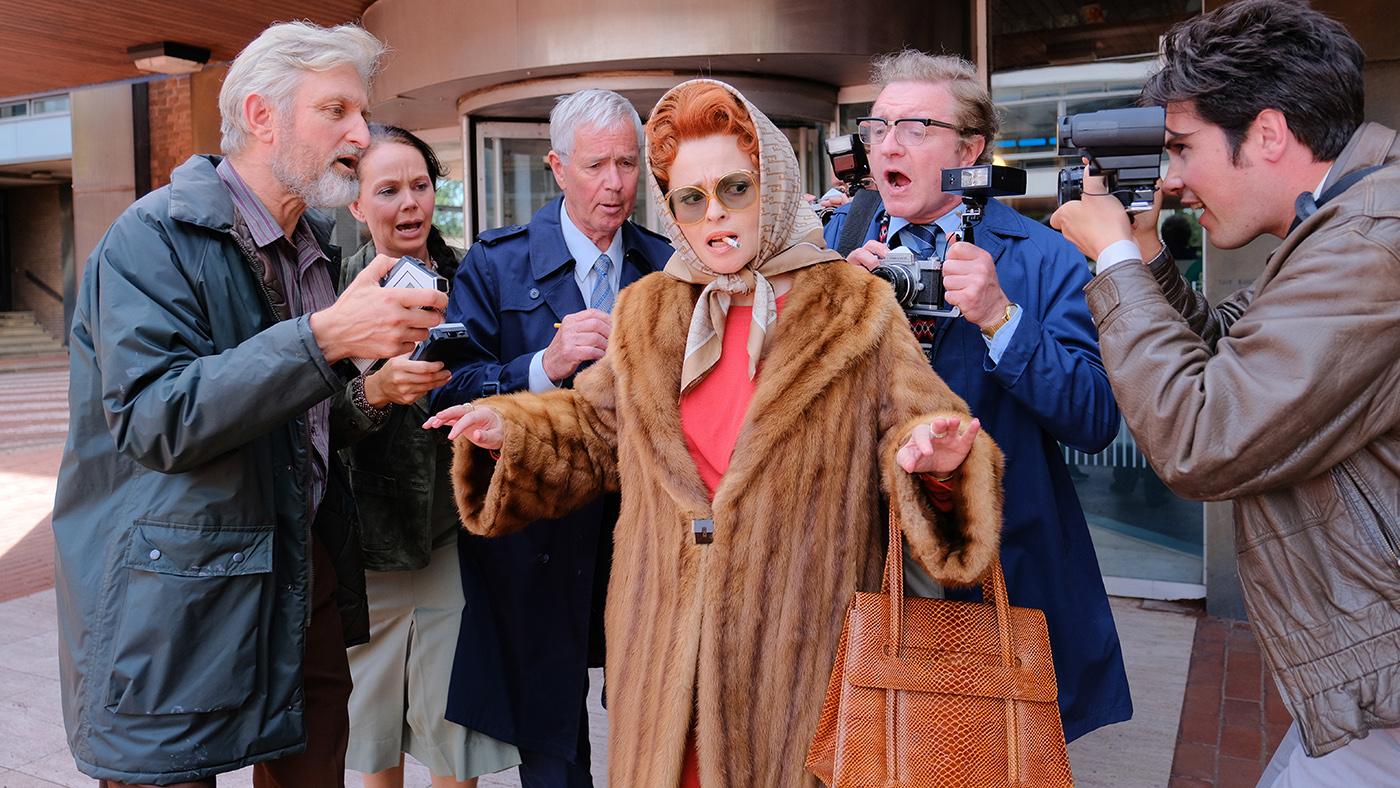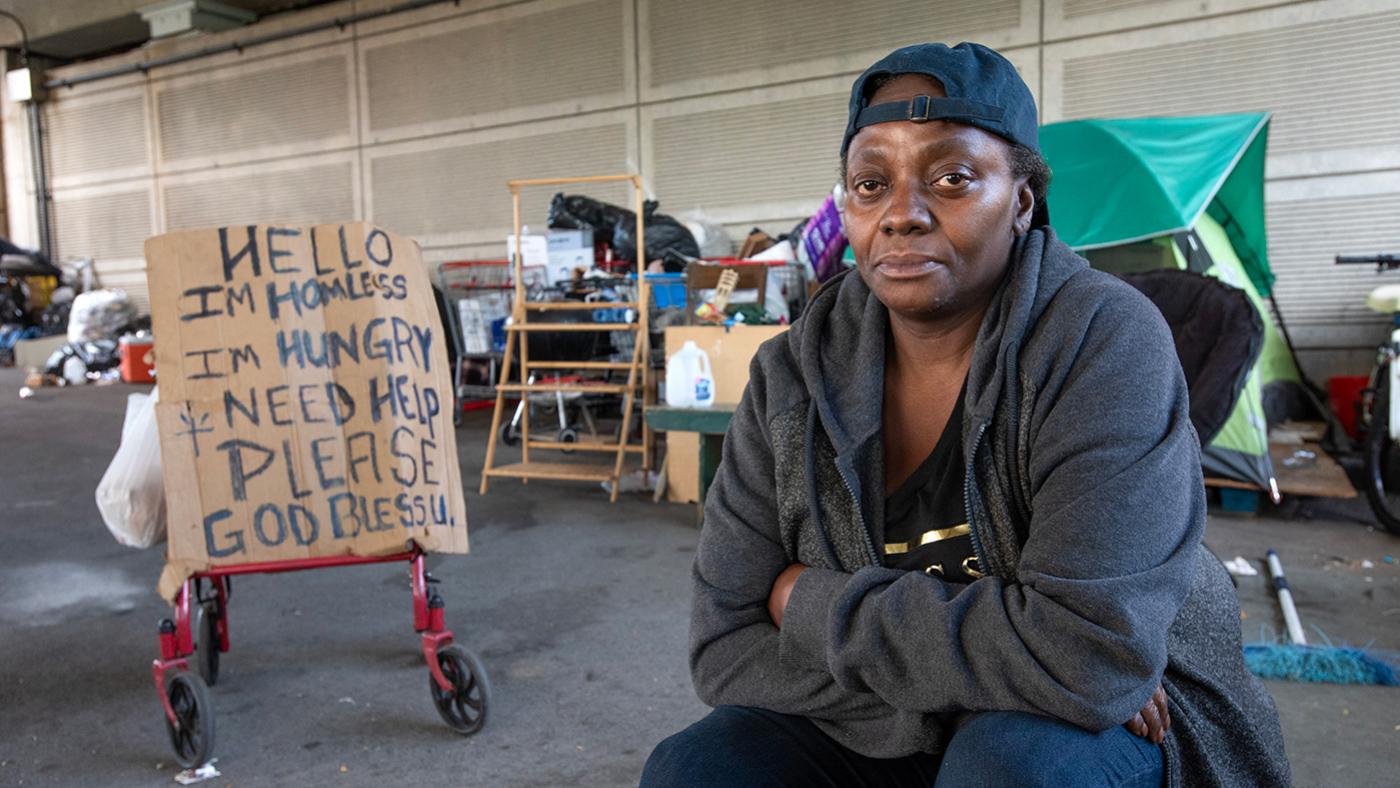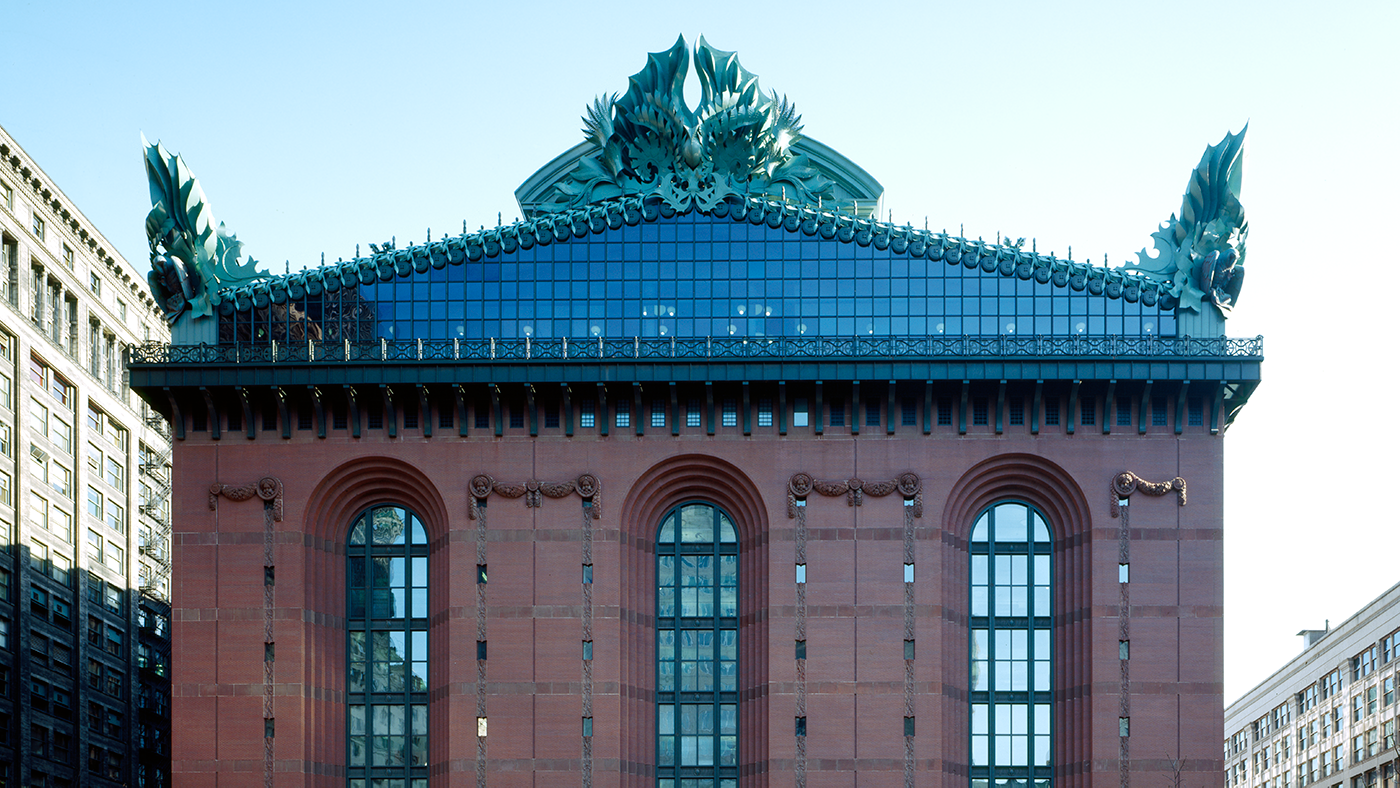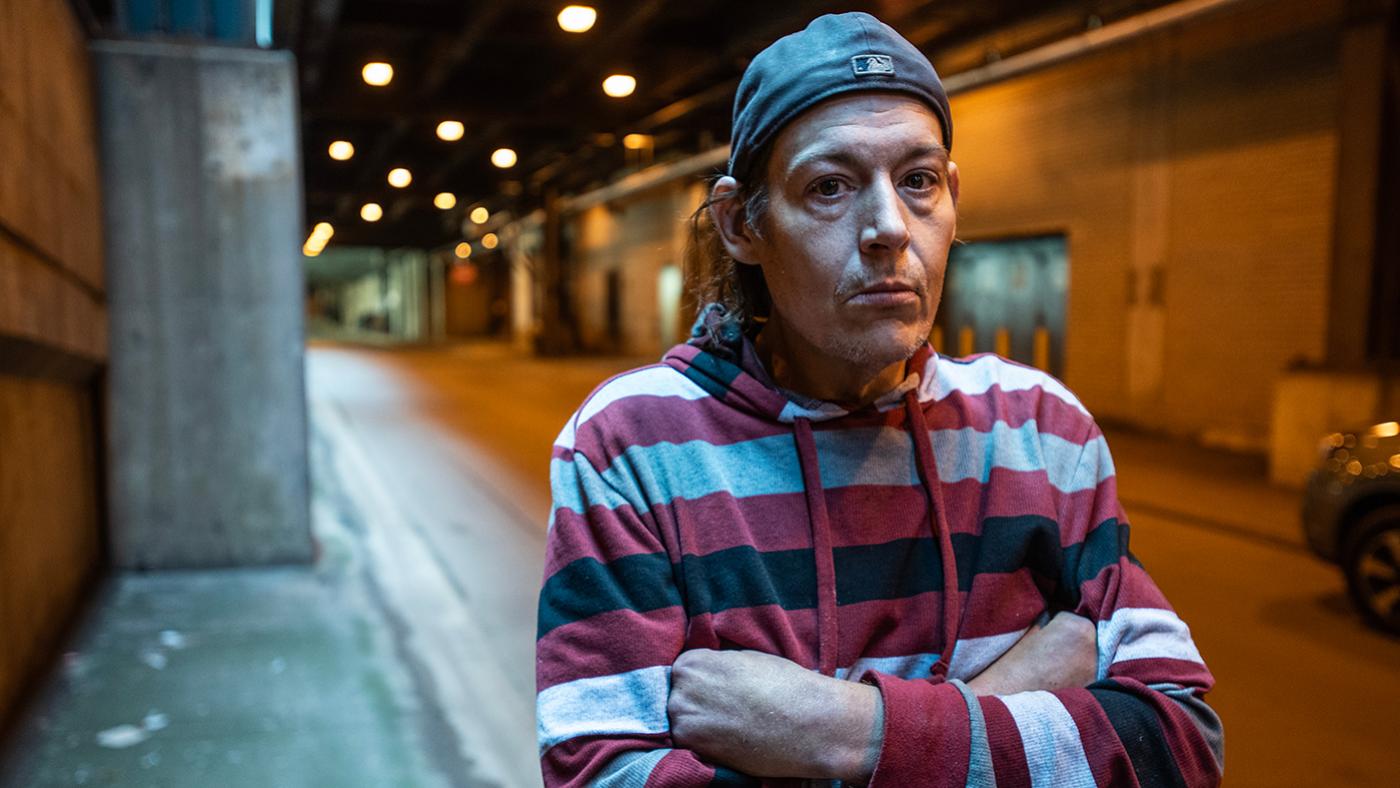How Swedes Celebrate Light at the Darkest Time of the Year
Daniel Hautzinger
December 13, 2017
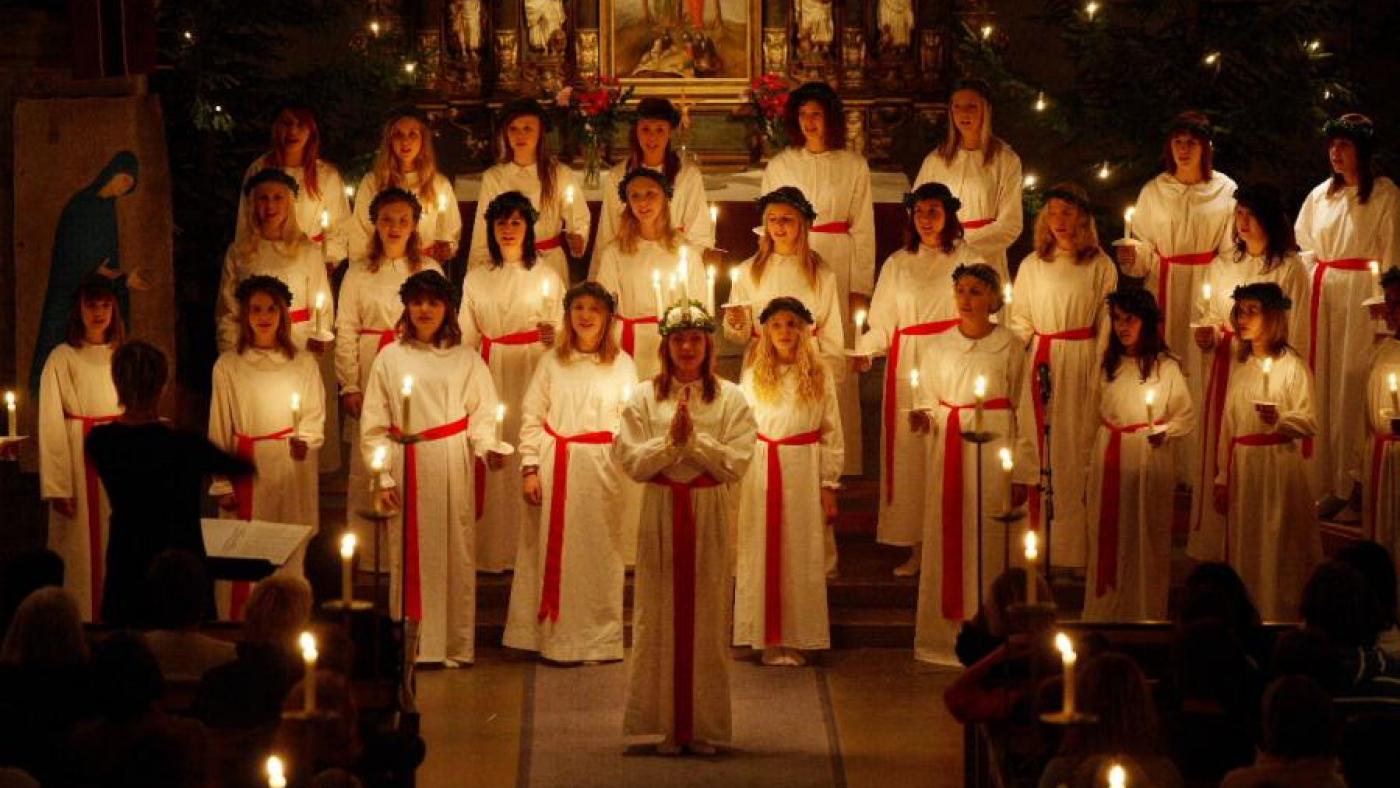
Every December 13, in towns across Sweden (and in Andersonville, Chicago’s main Swedish enclave), a girl dons a white robe, ties a red sash around her waist, and balances a wreath adorned with lighted candles on her head to lead a procession and sing a song in celebration of the feast of Saint Lucia. At this darkest time of the year, just before the winter solstice, the Lucia festival is a source of light and good cheer in the Scandinavian countries.
Surprisingly, the subject of this Scandinavian feast day came not from this region, but from Sicily. Born in the late third century, Lucia is the patron saint of the blind and is associated with light, right down to her name (Lucia derives from “lux,” the Latin word for light). The tradition of a candle wreath as a coronet comes from a story in which Lucia brought supplies to persecuted Christians hiding in catacombs; to light her way through the gloom, she attached candles to a wreath and wore it on her head.
The Saint Lucia Festival was first celebrated publicly in Stockholm in 1927, although it has somewhat obscure roots in earlier 18th and 19th century local traditions. It is now a vital part of winter across Sweden. Communities choose a girl to represent Lucia, who is joined in her procession by other girls and by boys wearing white, who all sing Christmas carols together. The Lucia often hands out pepparkakor, or thin ginger cookies (try a recipe from PBS Food), while families enjoy Lusekatt, or saffron buns (Passport members can watch Mary Berry and Paul Hollywood of The Great British Baking Show make the buns on their Christmas Masterclass). Afterward, you might enjoy a smorgasbord.
 Pepparkakor, Swedish ginger cookies. Photo: PBS Food
Pepparkakor, Swedish ginger cookies. Photo: PBS Food
Given the relatively recent establishment of Saint Lucia Day as a Swedish tradition, it is likely that the first Swedes in Chicago did not celebrate it. The first Swedish immigrants began coming to Chicago soon after it was established, in the mid-1800s. Many merely came through the city on the way to establishing farms elsewhere in the Midwest, but, beginning in 1846, some began to settle here as well. The Swedish community grew slowly, but by 1870 Chicago had the largest Swedish population of anywhere in the United States, and over the following decade the Swedish population in Chicago doubled.
Swedes lived in three main neighborhoods in Chicago: in “Swede Town,” what is now River North; south of the city in Douglas and Armour Square (many worked in the stockyards); and west in North Lawndale. After the Great Fire of 1871, Swedes played a major role in rebuilding the city as carpenters and also tree planters: Peterson Avenue is named after an immigrant who grew more than half the trees planted in the city after the Fire. The Swedish population continued to explode over the next few decades, so that by 1930 more than 200,000 Chicagoans were Swedish. (By 1910, one-fifth of all people born in Sweden lived in the United States. The only other countries to lose more people to America at the time were Norway and Ireland.)
By 1930, too, Swedes had moved farther away from the city center, establishing the neighborhoods we now think of as Swedish: Andersonville and North Park, as well as others no longer associated with Swedes, such as Austin, Belmont Cragin, and Lake View. At this peak of the Swedish presence in Chicago – at the turn of the century, the only city in the world with more Swedes was Stockholm – Saint Lucia celebrations almost certainly made their way to the city, and are continued today in Andersonville, where you can join a Lucia procession, sing Christmas songs, and enjoy some delicious pepparkakor.
And if you’re a Nobel Prize winner? You’ll probably experience some celebrations: since the Prize ceremony takes place only a few days before the feast day in Stockholm, the winners are traditionally greeted in their hotel rooms by a singing procession.


